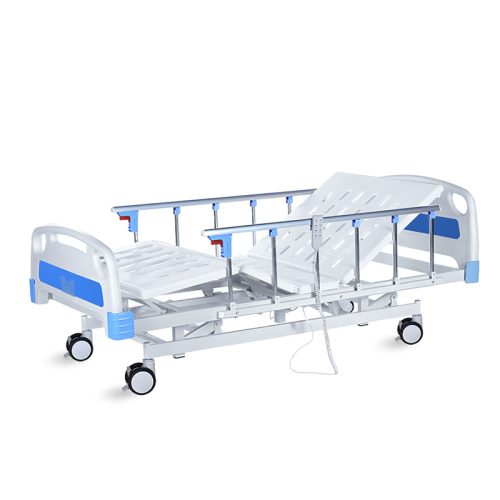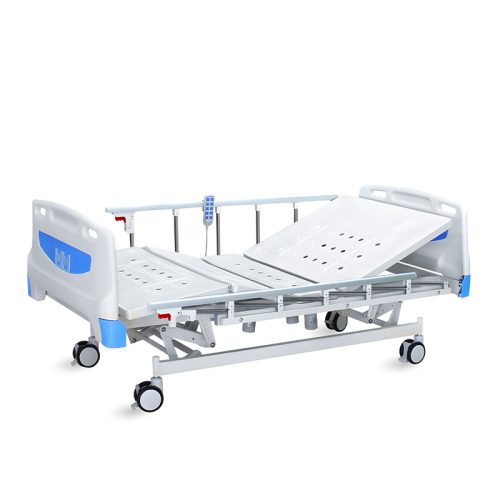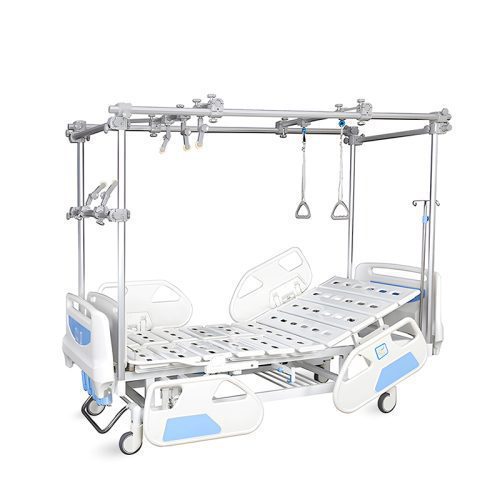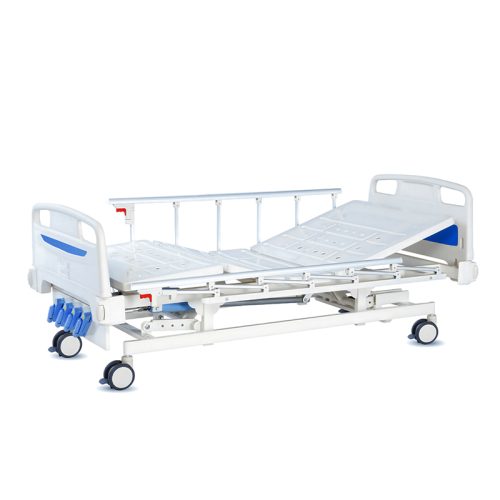
- Autokláv
Jak funguje autokláv? Komplexní přehled
- Podle kelingmedical
Co je to autokláv?
A pressure chamber called an autoclave sterilizes medical equipment and supplies by using steam under controlled conditions. The Greek words “auto” and “clave” combine to form the medical device term autoclave which refers to its self-locking sealed system. By increasing chamber pressure autoclaves produce hotter steam than boiling water. The high sterilization temperature from an autoclave kills all types of dangerous microorganisms so treated items become safe to reuse.
—
#### **The Mechanism Behind Autoclaving**
The autoclave functions through its pressure-increasing mechanism. Here’s a breakdown of the key components and how the autoclave works:
1. **Pressure and Steam Generation**
A heating device inside the autoclave heats water to create steam. The water turns into steam when it hits boiling temperature.
An injection of steam builds up the chamber pressure. The steam reaches temperatures above 100°C because the system applies pressure to the water. It operates at setpoints of 121°C to 134°C.
2. **Steam Penetration**
– Steam is highly effective in transferring heat. Steam pushes all air out of the chamber so every surface in the space receives direct heat exposure. The chamber gets filled with steam which enters every part of the items including fabrics and surgical implements.
3. **Sterilization Process**
The necessary sterilization time happens when items face steam treatment at their required temperature and pressure. During the sterilization cycle both microorganisms and **heat-resistant bacterial spores** get destroyed through intense heat.
4. **Ventilation and Cooling**
When the chamber reaches safe pressure levels the steam exits through slow venting. After sterilization the items move through a regulated temperature reduction back to normal room temperature. The drying cycle on some autoclaves dries out materials after sterilization.
—
#### **Key Factors in the Autoclaving Process**
The effectiveness of autoclaving is heavily dependent on three critical factors: **temperature, pressure, and time**. Our settings precisely control the autoclaving cycle to kill all pathogens.
1. **Temperature**
The autoclave chamber heat runs between 121°C and 134°C. The standard sterilization temperature is 121°C which is used for typical autoclave cycles of 15 to 30 minutes. By using a temperature of 134°C the sterilization process takes only 3 to 10 minutes to kill all bacteria in heat-resistant objects.
More heat kills microorganisms faster but we need to manage pressure levels to protect delicate materials.
2. **Pressure**
Higher pressure helps water boil at a hotter temperature which makes steam reach more effective temperatures. Under 15 pounds per square inch (psi) water reaches 121 degrees Celsius while 30 psi allows water to heat up to 134 degrees Celsius. More pressure makes the steam go deeper into materials to kill all living microorganisms.
3. **Time**
The exact time needed for steam exposure impacts the sterilization results. Sterilization duration depends both on how many items need processing and what materials they are made from. The time needed for sterilization depends on the type of instrument. Surgical tools need **15 minutes** while other denser materials must be exposed longer.
—
#### **What Happens to Microorganisms in the Autoclave?**
The sterilization process works by breaking down the cellular structure of microorganisms, which include bacteria, viruses, fungi, and even bacterial spores. Here’s how autoclaving eliminates these pathogens:
1. **Destruction of Cell Membranes**
The heat from the autoclave breaks down protein structures inside the microorganism cells. The cell membranes break down which kills the living organism.
2. **Disruption of DNA and RNA**
The extreme heat damages microorganism DNA and RNA to stop them from multiplying and surviving.
3. **Killing of Heat-Resistant Spores**
Through autoclaving we can successfully destroy heat-resistant spores. These bacteria exist in a heat-resistant state called spores which resist both heat and chemicals. Through heat and pressure treatment with steam an autoclave eliminates heat-resistant spores in objects.
—
#### **How to Operate an Autoclave**
Learning to operate an autoclave properly is necessary for successful sterilization procedures. Here’s a basic guide on how to use an autoclave correctly:
1. **Prepare the Load**
Prepare the items you want to sterilize by cleaning them and putting them in proper order. Arrange all materials in a way that shows no trace of surface dirt.
Put items in autoclave containers or seal them inside sterilization films or packages. Arrange the items in the autoclave tray with enough space to let steam pass through easily.
2. **Set the Sterilization Parameters**
Select the right sterilization temperature and time according to your load material. Most autoclaves come with automatic programs designed for different material types like surgical tools, laboratory containers, and liquid samples.
3. **Start the Cycle**
Start the sterilization process by locking the autoclave door. Verify the seal is intact on the machine and run the cycle according to the specified time.
4. **Post-Sterilization Handling**
When the cycle ends leave the autoclave to cool down before you open its door. Handle sterilized items carefully since they will be extremely hot. Do not remove items from the autoclave until the built-in drying phase ends.
—
#### **Common Questions About Autoclaving**
1. **How Hot Does an Autoclave Get?**
Autoclaves heat items to temperatures ranging from 121°C to 134°C during their sterilization process. The autoclave operates at different temperatures depending on which sterilization cycle you run and what material you process.
2. **How Does an Autoclave Sterilizer Work?**
Through high-pressure steam injection an autoclave kills microorganisms in treated materials. An autoclave’s high pressure lets water boil at temperatures above normal to create steam that kills all microorganisms in the chamber.
3. **What is the Process of Removal of Microorganisms by Steam?**
The steam from an autoclave damages microorganism cells and proteins through heat which stops their genetic material from functioning and kills them. The high-pressure steam can also penetrate heat-resistant spores, ensuring complete sterilization.
—
#### **Conclusion**
Hospitals and labs in different industries rely on autoclaves to keep their equipment safe from harmful microorganisms. High-pressure steam in an autoclave kills all microorganisms on different materials effectively. Knowing how autoclaves function at different temperatures under high pressure over specific times protects both medical instruments and patient safety.
📧 E-mail: inquiry@shkeling.com
🌐 Webové stránky: www.shkeling.com.cn
Těšíme se na úspěšné partnerství s vámi!






